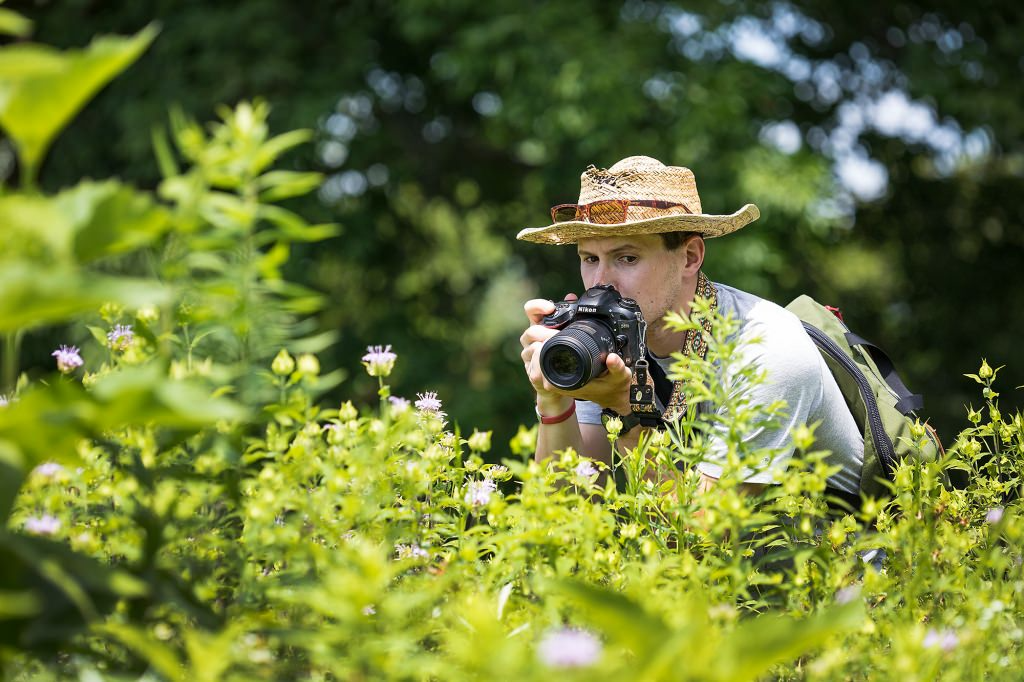About

I am an ecologist and entomologist interested in how insects respond to changes in the landscape - specifically those related to large-scale global changes in agriculture and climate. Currently, I’m an assistant professor in the Department of Entomology at the University of Minnesota where I lead the Insect Biodiversity an Global Change Lab. I use ecoinformatics approaches to explore questions and patterns related to insect ecology and global change along with lab and field experimentation to test theories and develop more robust, causal associations between changes in the landscape and those in insect behavior, populations, and communities. The ultimate goal of my work is to translate research findings into actions that protect insect biodiversity and sustain the ecological processes that they maintain. My work thus far has used bumble bees as a model system, and I have grown rather fond my familiar, fuzzy friends over the past 9 years.
Previously, I was a research scientist with Claudio Gratton and James Crall at the University of Wisconsin-Madison as well as a USDA NIFA postdoctoral fellow with Neal Williams. I completed my PhD with Claudio Gratton at the University of Wisconsin-Madison in 2020 where I worked to understand the factors that drive bumble bee species to be relatively common or relatively rare – focusing on how resource abundance in space and time may differentially impact bumble bee species using a combination of experimental and ecoinformatic approaches.
If you are interested in any of the above, please reach out via email or Bluesky @jhemberger.bsky.social or the website formerly known as Twitter @j_hemberger.